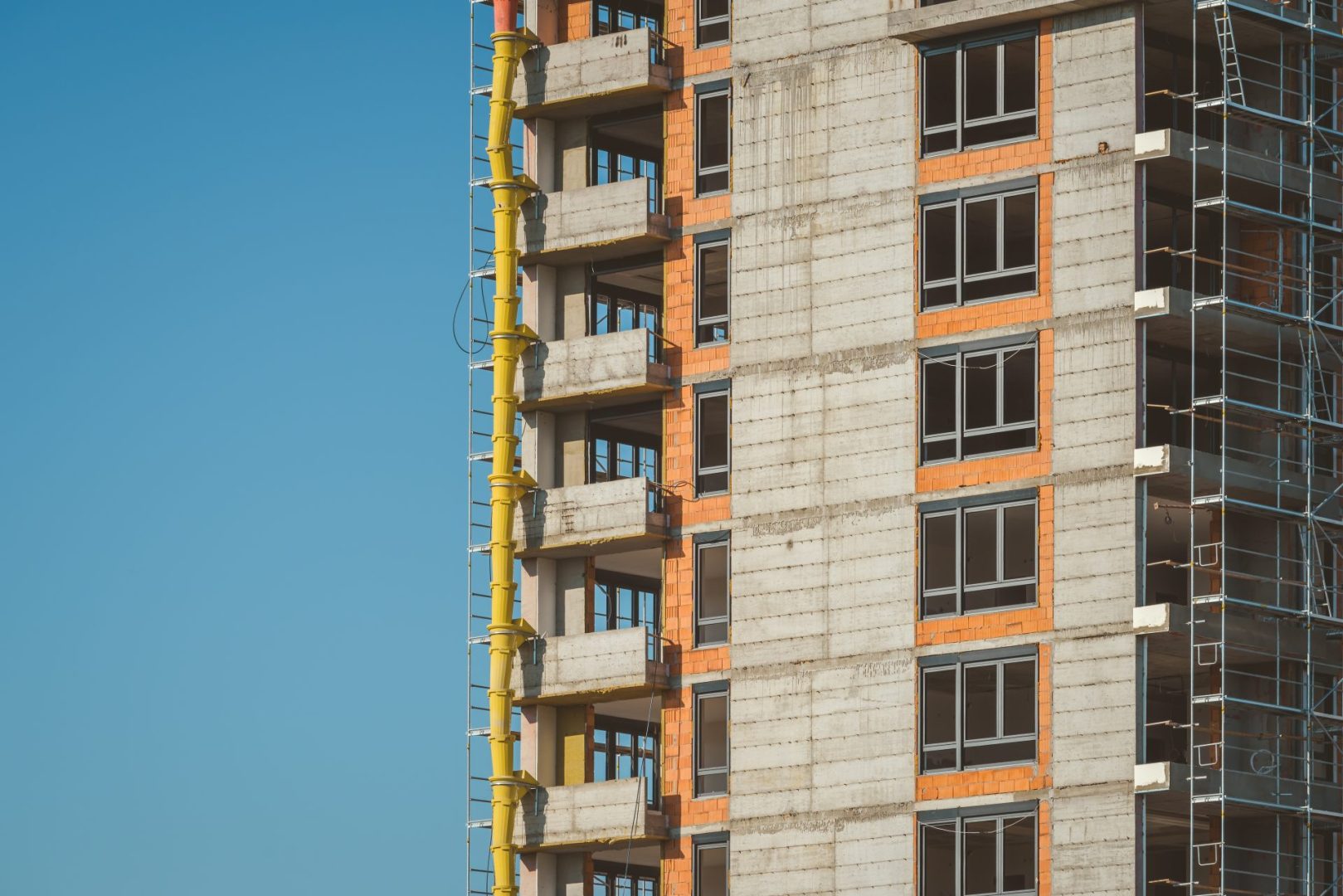Since the notorious Grenfell Tower fire of 2017, the conversation around cladding has been ongoing between government officials and health and safety executives, with homeowners caught in the crossfire. A major topic which has arisen in the fallout has been what flat owners of these cladding-laden structures must do if they want to sell or remortgage their property. Obviously, the market for both buying and owning these types of homes has suffered, with many aspiring buyers instantly being unnerved by the prospect of owning a property which is so susceptible to fire damage. But that doesn’t mean those already paying for a mortgage on their property should have to suffer. To help those affected by this issue, new industry guidance has been introduced which will see major lenders support homeowners with borrowing and managing their mortgage on these types of properties. To find out how you can help your customers in buying and selling their properties which have cladding keep reading …
What is Cladding and why has it caused problems for flat owners?
Cladding is a type of covering, or additional layer, applied to a building during the construction process of its external surfaces. With the outside of the building obviously exposed to the elements, the idea behind cladding is to offer a protective outer layer which surrounds the structure. This is why cladding panels are often referred to as the ‘skin’ of a building. The problem cladding poses is that it can be damaged quite easily by extreme heat, fire and other harsh weather conditions. As a result of this fragility, the Building Safety Act of 2022 was introduced to protect homeowners, which states that qualifying leaseholders in buildings over 11m (or five storeys) can have their cladding removed or replaced completely free of charge.

How does cladding affect the mortgage on a property?
If a customer comes to you, asking to arrange a mortgage on a property with cladding then the process will differ for all parties involved. As outlined by the Royal Institution of Chartered Surveyors (RICS), to qualify for borrowing on a property with cladding a customer will have to provide evidence that at least one of the following conditions is met:
- The property will be fixed by the developer (also known as self-remediation).
- The customer is covered by one of the recognised Government schemes – the Developer Remediation Contracts, the Medium Rise Scheme, or the Building Safety Fund.
- The customer is covered by the leaseholder protection in the Building Safety Act.
Which lenders offer mortgages on properties with cladding?
The policy update which allows lenders to authorise mortgages on properties with cladding came into effect on 9 January 2023. From this date onwards, six high street lenders have begun offering this service which include:
To better meet the needs of customers seeking a mortgage in these unique circumstances, these lenders have made amendments to their proposition. These changes will require additional evidence (as stated above) as part of the application process to demonstrate that measures will or have already been taken to remove any existing cladding already installed on the property. As of 2023, these lenders (in most cases) will also not require an applicant to fill out and provide an EWS1 form as part of the evidence process, as long as one of the above criteria is met, which will make arranging policies for customers living in flats and homes with cladding a much simpler exercise.
Are mortgage interest rates higher on properties with cladding?
All six lenders offering mortgages on cladding-laden properties have confirmed that interest rates will not be any higher than they would be on a standard property. This is great news for your customers, as they will not be subjected to excessive premiums in the name of owning a mortgage on a non-standard property. The only additional costs which your customers might have to incur are with the limited choice they have when it comes to which borrower you ultimately use to arrange their policy. As brokers are currently restricted to using one of the six high street lenders listed above, it’s likely there won’t be much room for flexibility when it comes to the overall cost of their mortgage policy.

Begin Your Journey with PRIMIS




